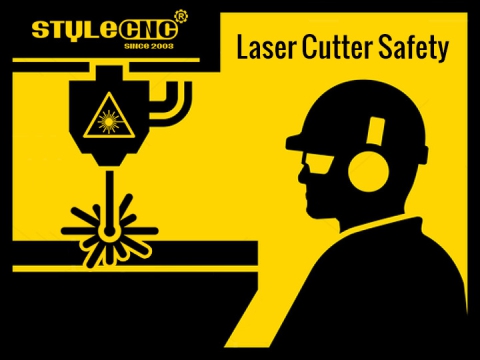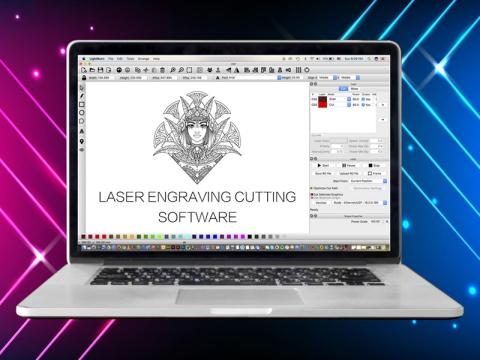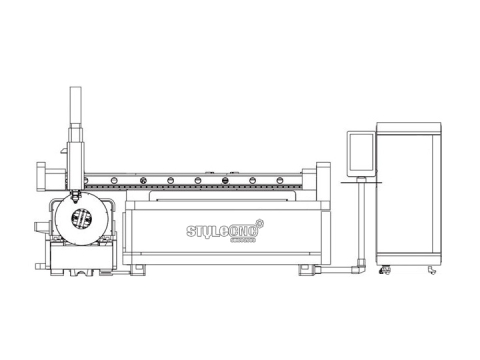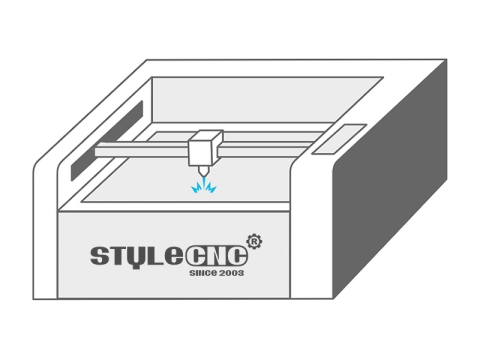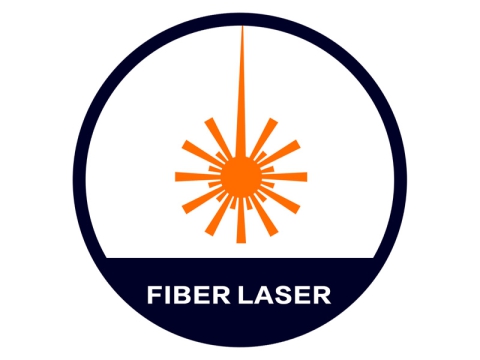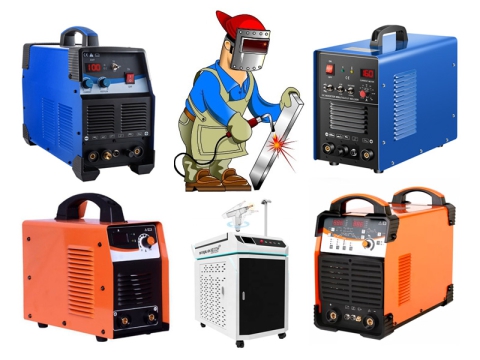Before the advent of laser technology, the battery industry has been using traditional machinery for processing. Compared with traditional mechanical processing, laser processing has many advantages and is gradually recognized by lithium-ion battery manufacturers. It can be used for metal foil slitting, metal foil cutting, isolation film cutting. It can also be used in welding of tabs, battery core casings, sealing nails, soft connections, explosion-proof, valves, and battery modules.
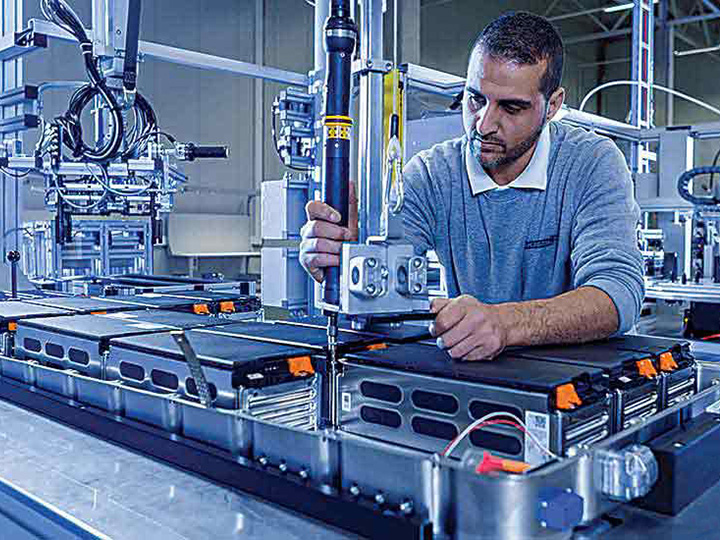
Since its introduction in 1990, lithium batteries have been favored by 3C digital, power tools and other industries due to their high energy density, high voltage, environmental protection, long life, and fast charging. Their contribution to the new energy automobile industry is particularly prominent. In recent years, new energy vehicles have sprung up. Compared with traditional fuel vehicles, new energy vehicles use lithium batteries as a power source. As the lithium-ion battery industry that provides the power source for new energy vehicles, the market potential is huge.
Lithium-ion Battery (Li-ion Battery)
Lithium ion battery is also known as li-ion battery, which is a type of secondary battery (rechargeable battery), which mainly relies on the movement of lithium ions between the positive electrode and the negative electrode to work. As a new type of clean energy, lithium batteries can not only power new energy vehicles, but also power various products such as electric trains, electric bicycles, and golf cars.
This article will tell you about the laser technology in the power battery manufacturing, and explain why the li-ion battery manufacturing uses laser cutting systems and laser welding systems.
Laser Cutting System
The production of lithium-ion batteries is closely linked by one process step. Generally speaking, the production of lithium batteries includes three parts: pole piece manufacturing, battery cell manufacturing, and battery assembly. In these three major processes, laser cutting is one of the key processes.
The lithium-ion battery processing process requires high accuracy, controllability and the quality of the cutting machine. In the process of use, the die cutter will inevitably wear out, and then drop dust and produce burrs, which may cause dangerous problems such as battery overheating, short circuit, and explosion. In order to avoid danger, it is more suitable to use a laser cutting machine.
Compared with traditional mechanical cutting machines, the laser cutting system has the advantages of no tool wear, flexible cutting shapes, edge quality control, higher accuracy and lower operating costs, which is conducive to reducing manufacturing costs, improving production efficiency, and greatly shortening new product die cutting cycle.
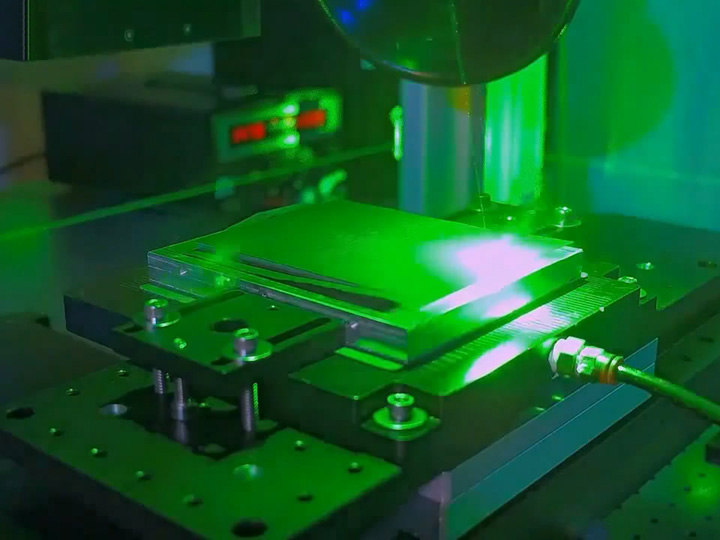
Lithium batteries, as the core components of new energy vehicles, directly determine the performance of the entire vehicle. With the gradual explosion of the new energy vehicle market, laser cutter machines will have great market potential in the future.
Laser Welding System
As the core component of a new energy vehicle, the quality of the power battery directly determines the performance of the vehicle. lithium-ion battery manufacturing equipment generally includes three types of front-end equipment, mid-end equipment, and back-end equipment. The accuracy and automation level of the equipment will directly affect the production efficiency and consistency of the product. As an alternative to traditional welding methods, laser welders have been widely used in lithium-ion battery manufacturing equipment.
The laser welding machine is an important part of the power battery production line. The principle is an efficient and precise welding method that uses a high-energy density laser beam as a heat source. Compared with traditional welding, laser welding has many advantages, including deep penetration, fast speed, small deformation, low requirements for the welding environment, high power density, not affected by magnetic fields, not limited to conductive materials, and no need for vacuum It is widely used in high-end precision manufacturing fields, especially in new energy vehicles and power battery industries.
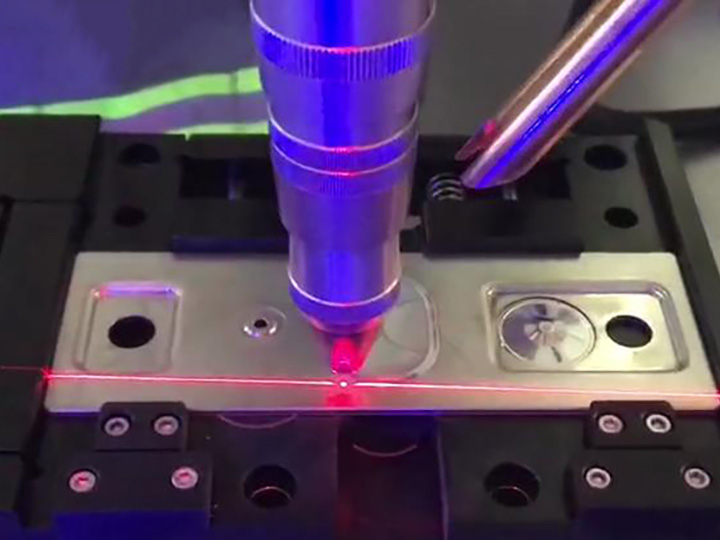
From the manufacture of lithium-ion battery cells to battery pack assembly, welding is a very important manufacturing process. The conductivity, strength, air tightness, metal fatigue and corrosion resistance of lithium batteries are typical battery welding quality evaluation standards. . The selection of welding method and welding process will directly affect the cost, quality, safety and consistency of the battery. Next, STYLECNC will take you to learn about the various applications of laser welding systems in the field of lithium batteries.
Battery Explosion-Proof Valve Welding
The explosion-proof valve of the battery is a thin-walled valve body on the battery sealing plate. When the internal pressure of the battery exceeds the specified value, the valve body of the explosion-proof valve ruptures to prevent the battery from bursting. The safety valve has an ingenious structure, and this process has extremely strict requirements on the laser welding process. Before continuous laser welding, the battery explosion-proof valve was welded by pulsed laser welding, and continuous sealing welding was achieved through the overlap and covering of the welding spot and the welding spot, but the welding efficiency was low and the sealing performance was relatively poor. Continuous laser welding can achieve high-speed and high-quality welding, welding stability, welding efficiency and yield can be guaranteed.
Battery Tab Welding
The tabs are usually divided into three materials. The positive electrode of the battery uses aluminum (Al) material, and the negative electrode uses nickel (Ni) material or copper-plated nickel (Ni-Cu) material. In the manufacturing process of power batteries, one of the steps is to weld the battery tabs and poles together. In the production of the secondary battery, it needs to be welded with another aluminum safety valve. Welding must not only ensure the reliable connection between the tab and the pole, but also requires a smooth and beautiful welding seam.
Battery Electrode Strip Spot Welding
The materials used for the battery electrode strips include pure aluminum strips, nickel strips, aluminum-nickel composite strips, and a small amount of copper strips. The welding of battery electrode strips generally uses pulse welding machines. With the emergence of IPG’s QCW quasi-continuous laser, it has also been widely used in battery electrode strip welding. At the same time, due to its good beam quality, the welding spot can be small. , It has unique advantages in dealing with the welding of high-reflectivity aluminum strip, copper strip and narrow-band battery pole strip (the pole strip width is less than 1.5mm).
Power Battery Shell and Cover Plate are Sealed and Welded
The shell materials of power batteries are aluminum alloy and stainless steel, of which aluminum alloy is the most used, generally 3003 aluminum alloy, and a few use pure aluminum. Stainless steel is the material with the best laser weldability. Whether it is pulsed or continuous laser, welds with good appearance and performance can be obtained. Using continuous laser to weld thin-shell lithium batteries, the efficiency can be increased by 5 to 10 times, and the appearance effect and sealing performance are better. Therefore, there is a trend to gradually replace pulsed lasers in this application field.
Power Battery Module and PACK Welding
The series and parallel connections between power batteries are generally completed by welding the connecting piece and the single battery. The materials of the positive and negative electrodes are different. Generally, there are two kinds of materials: copper and aluminum. Because copper and aluminum are welded by laser, they can form brittle compounds. To meet the application requirements, ultrasonic welding is usually used, and laser welding is generally used for copper and copper, aluminum and aluminum. At the same time, since copper and aluminum conduct heat very quickly, have a very high reflectivity to the laser, and the thickness of the connecting piece is relatively large, it is necessary to use a higher-power laser to achieve welding.
This shows that laser welding has come to the fore among many welding methods. First of all, laser welding has high energy density, small welding deformation, and small heat-affected zone, which can effectively improve the accuracy of parts. The welding seam is smooth and free of impurities, uniform and dense, without additional grinding work; secondly, laser welding can be precisely controlled and focused on light. Small dots, high-precision positioning, easy to achieve automation with mechanical arms, improve welding efficiency, reduce man-hours, and reduce costs; in addition, laser welding of thin plates or thin-diameter wires will not be as susceptible to reflow as arc welding. And it can be welded with a wide range of materials, which can realize welding between different materials.
Trends
At present, the rapid development of the new energy industry has driven the simultaneous growth of the li-ion battery industry and the lithium-ion battery equipment manufacturing industry, which provides a good soil for the large-scale application of laser cutting machines, laser welding machines and laser engraving machines in the lithium-ion battery market. It is foreseeable that with the continuous development of the new energy market, the gradual improvement of quality requirements and the continuous improvement of laser technology, more laser cutters and laser welders can be applied in the li-ion battery market in the future, and more laser machine manufacturers can benefit from the lithium-ion battery industry.
